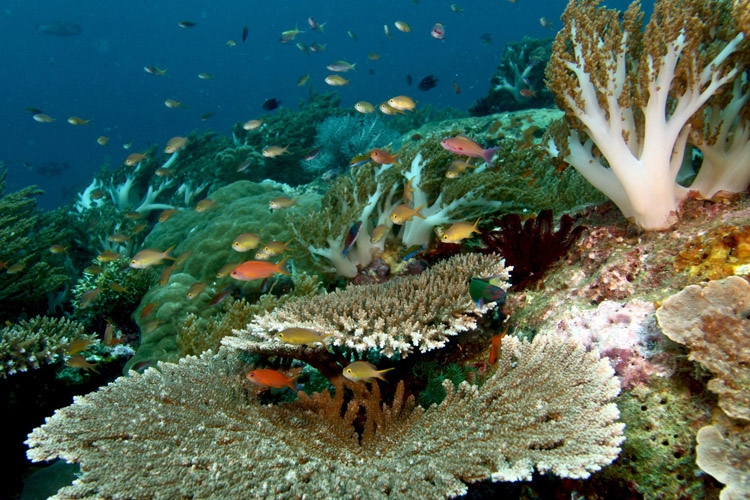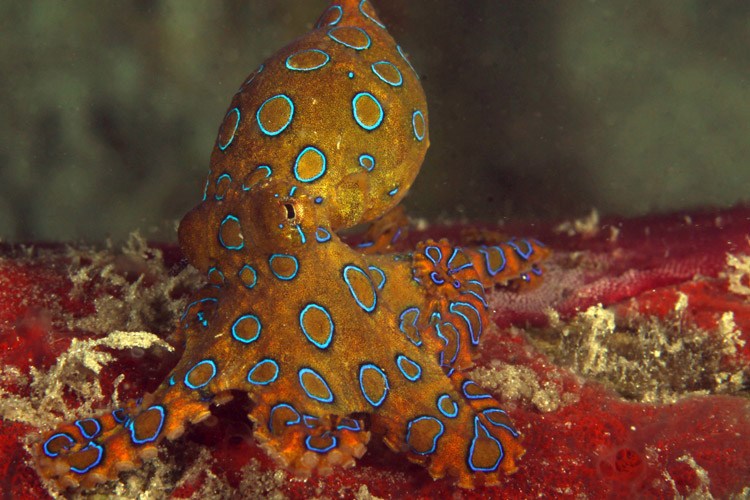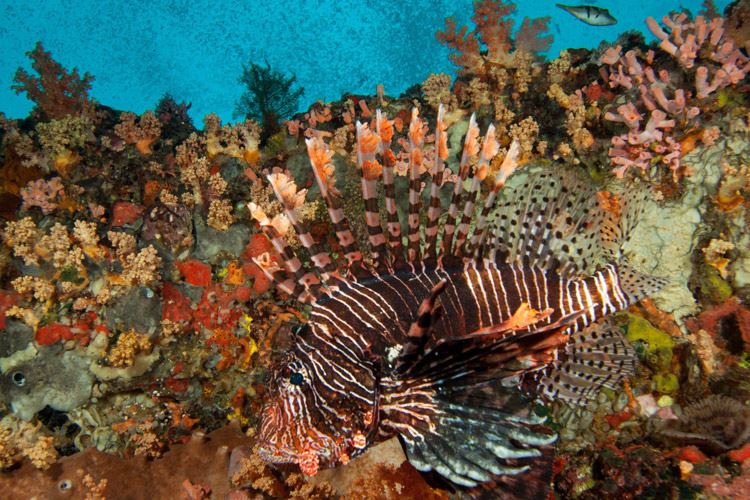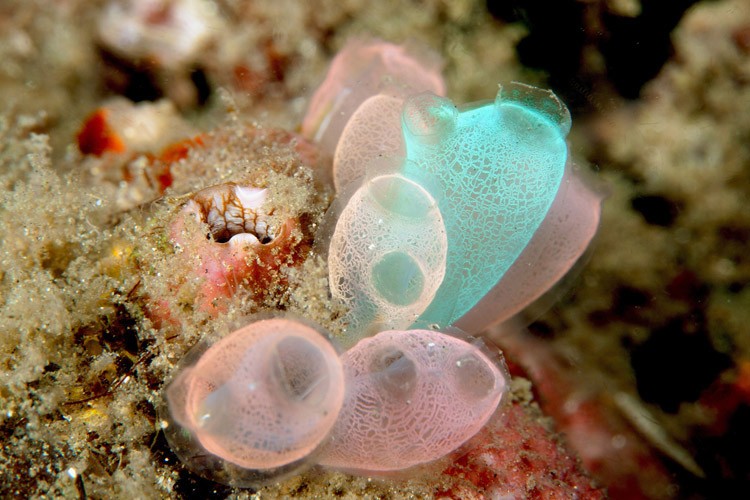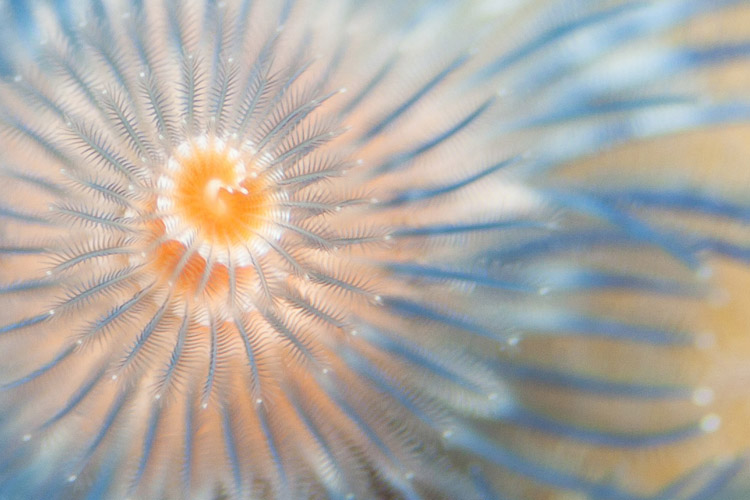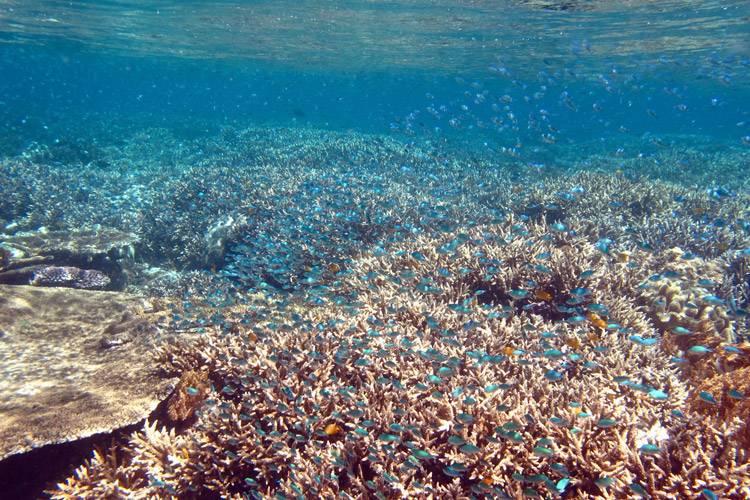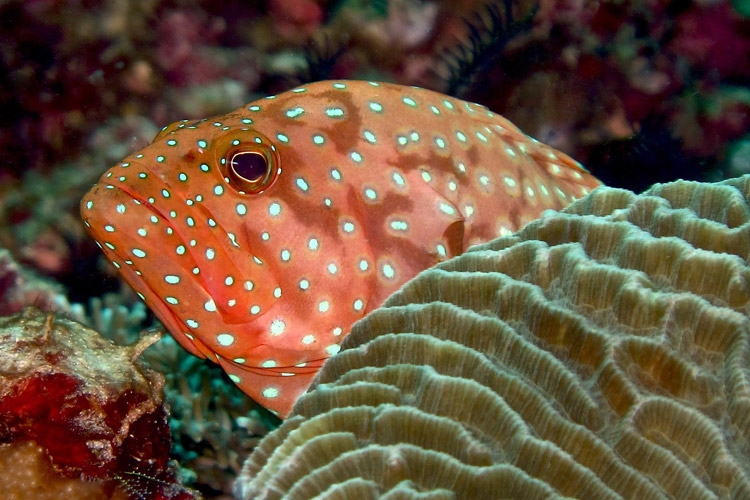Raja Ampat Diving: Why the Coral Triangle is the Epicenter of Marine Life
Posted by Giovanna Fasanelli
in Asia & Pacific and Expeditions
When one compares the biodiversity indices of marine life across the world’s oceans, two facts become immediately apparent: 1. The richest area in the world is the Coral Triangle, a roughly triangular-shaped region encompassing the Philippines to the north, Malaysia to the west, Indonesia, East Timor and New Guinea within its heart, and the Solomon Islands that marks its eastern boundary. The reefs that lie within this network collectively support a minimum of 500 species of hard corals and a whopping 3000 reef fishes; 2. The Atlantic Ocean’s tropical zone limps toward the finishing line with merely a tenth the number of corals as seen in the Indo-Pacific. What are the reasons for this marked contrast in diversity? To answer this question we need to take some major short cuts through the 240 million-year-old story that is modern-day coral biogeography! Let’s start at the point in time when a truly cataclysmic geological event occurred, dividing a once unified, coral-filled tropical ocean: the rise of the Isthmus of Panama, some 3.5-3.2 million years ago. This divided the coral world into two distinct biogeographic provinces: the tropical Atlantic and the tropical Indian and Pacific. Around one million years following that, during the Pleistocene, the world went into a major glacial mode accompanied by 17 cycles of sea level rise and fall, ending in the most recent low level maxima of 120-135 meters below today’s mark! Now that gives us pause to ponder what the world must have looked like! Well, for one, we could have walked almost continuously from Asia to Australia as, purportedly, the earliest inhabitants of Australia indeed did. For another, the Pacific marine systems were temporarily separated from their Indian relatives! This dramatic drop in sea level left the coral communities isolated from one another in pockets of refugia where, it is theorized by some scientists, they spent their days evolving into new species. This process supposedly occurred many times during the climatic cycles of this era, gradually adding, little by little, to the overall coral gene pool. Now this is the simplest answer, but if one were to delve deeper into the history of coral biogeography one will find the usual dose of speculation and contradicting ideas. There are a myriad of complicating factors involved in the equation but, one that cannot be disputed, is the Indo-Pacific’s plethora of shallow water habitat that strongly favors coral establishment and growth. Indonesia alone comprises over 18 000 islands! This is in stark contrast to the amount of suitable habitat available in the tropical Atlantic. Once the isthmus had divided the oceans and the glacial cycles of the Pleistocene began, the corals that were isolated to the east of the divide took a considerable beating, with significantly less refugia in which to wait out the tough times, and a large proportion of coral genera went extinct during this period. Being of smaller area, the Caribbean reefs are indeed subject to greater continental influences as well as climatic changes and anthropogenic stresses. Furthermore, that little river, the Amazon, pumps out over ten million cubic feet of freshwater every second, which also serves to obliterate a huge amount of potential coral-loving habitat off South America’s coast. On the west side of the fence, the Indo-Pacific is literally swimming in hard corals and their larvae, all 97 genera of them. The Coral Triangle and its biodiversity bulls-eye, the Bird’s Head Seascape, with Raja Ampat lying at its heart, marks the greatest concentration of marine life on the planet. The seemingly endless supply of protected, winding, shallow water habitats coupled with nutrient- and larvae-rich currents that sweep a fresh supply of food and genes through the islet-peppered region, makes for a marine wonderland unlike anywhere else. A snorkel and dive expedition to this point on the map is a bucket-list must! Here you bear witness to the ocean’s most triumphant display of color and form. It is within these ancient limestone environments that the coral and fish kingdoms reach their zenith: home to over 600 hard coral species and nearly 1700 reef fishes! The coexistence and inter-dependence of thousands of species boils these waters into an exciting soup of discovery and exploration. So, if you like the water and all the animals that dwell within, and you have NOT yet experienced a Raja Ampat adventure tour, you should be asking yourself a very obvious question… Learn more about our next Raja Ampat diving tour and discover the world’s greatest biodiversity of marine life.

